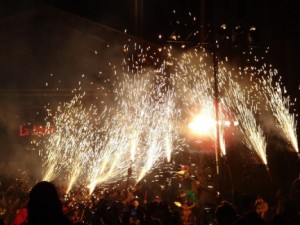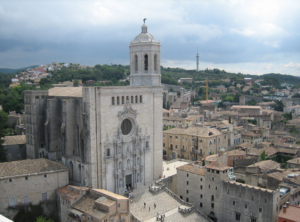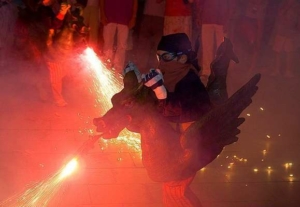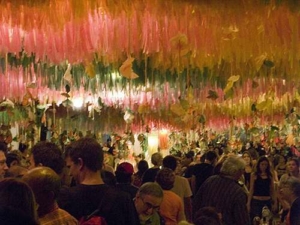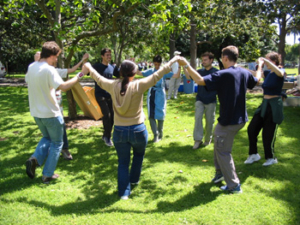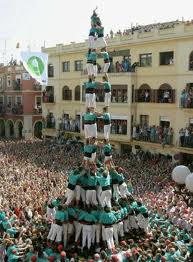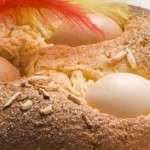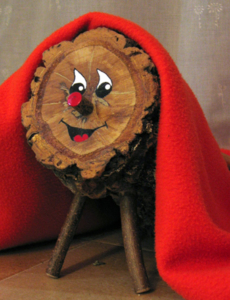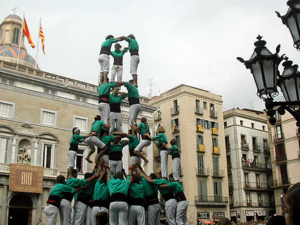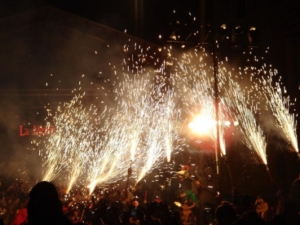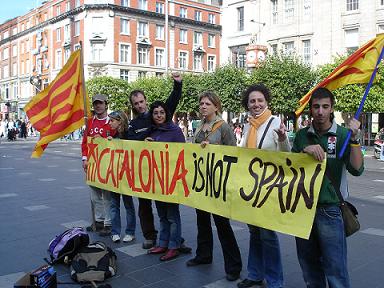Ever since the Virgin of Mercy saved the city of Barcelona from a plague of locusts in 1687, the city has been celebrating the miracle she helped create with the liveliest festival it has all year. Happening at the end of September and on the 24th this year, the parties will go on for four days through the night and early hours of the morning with wild fireworks, strangely costumed giants, colorful decorations and musical concerts lining the streets. It is a kind of end-of-summer celebration, so participants usually party as hardily and as noisily as they can.
The Spanish are known around the world for their love of Fiestas! Why not let us Customize a Private Tour of Spain for you, visiting some of the most authentic and wonderful Spanish fiestas- accompanied by only the best local Spanish food and wine!


